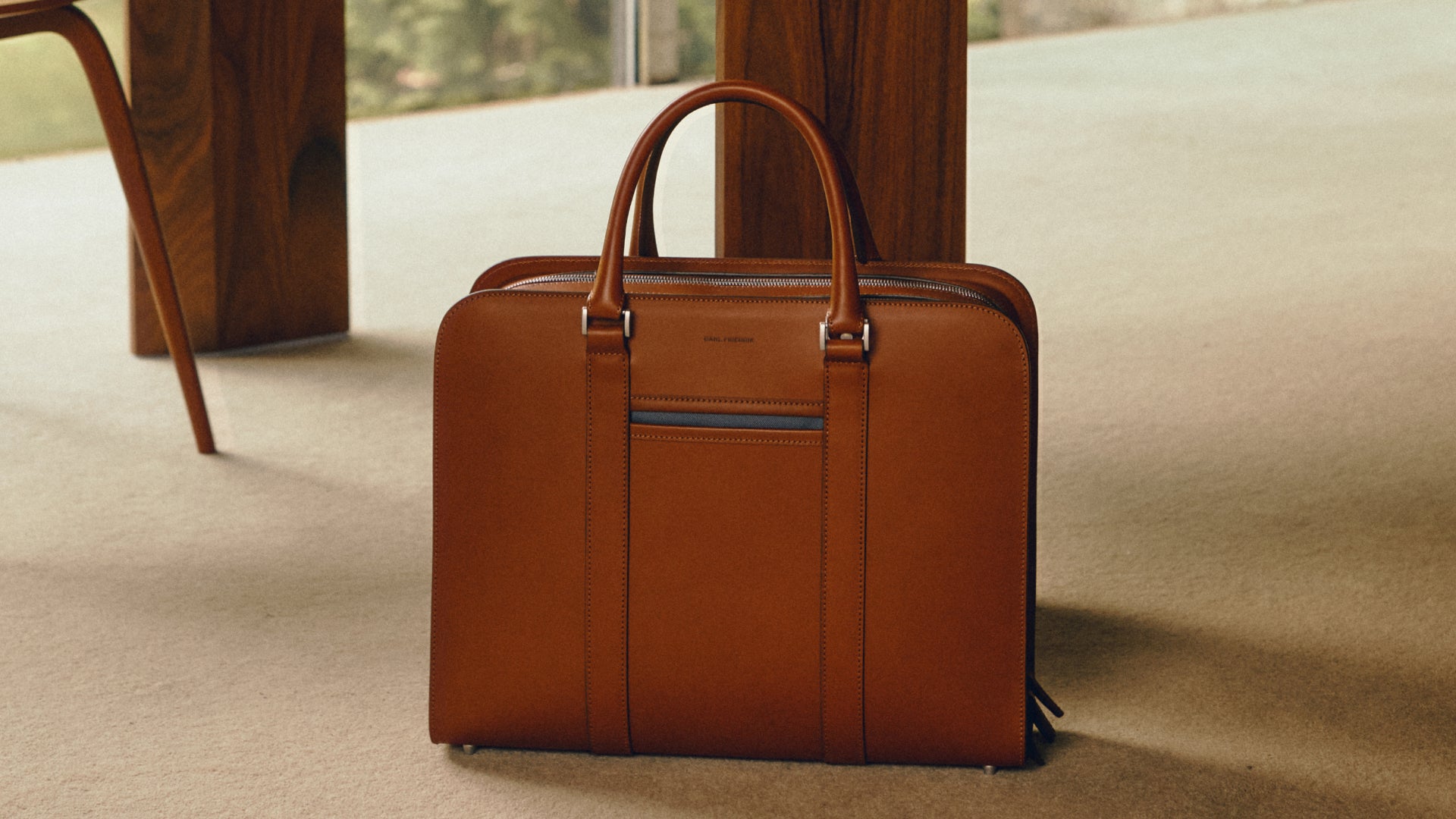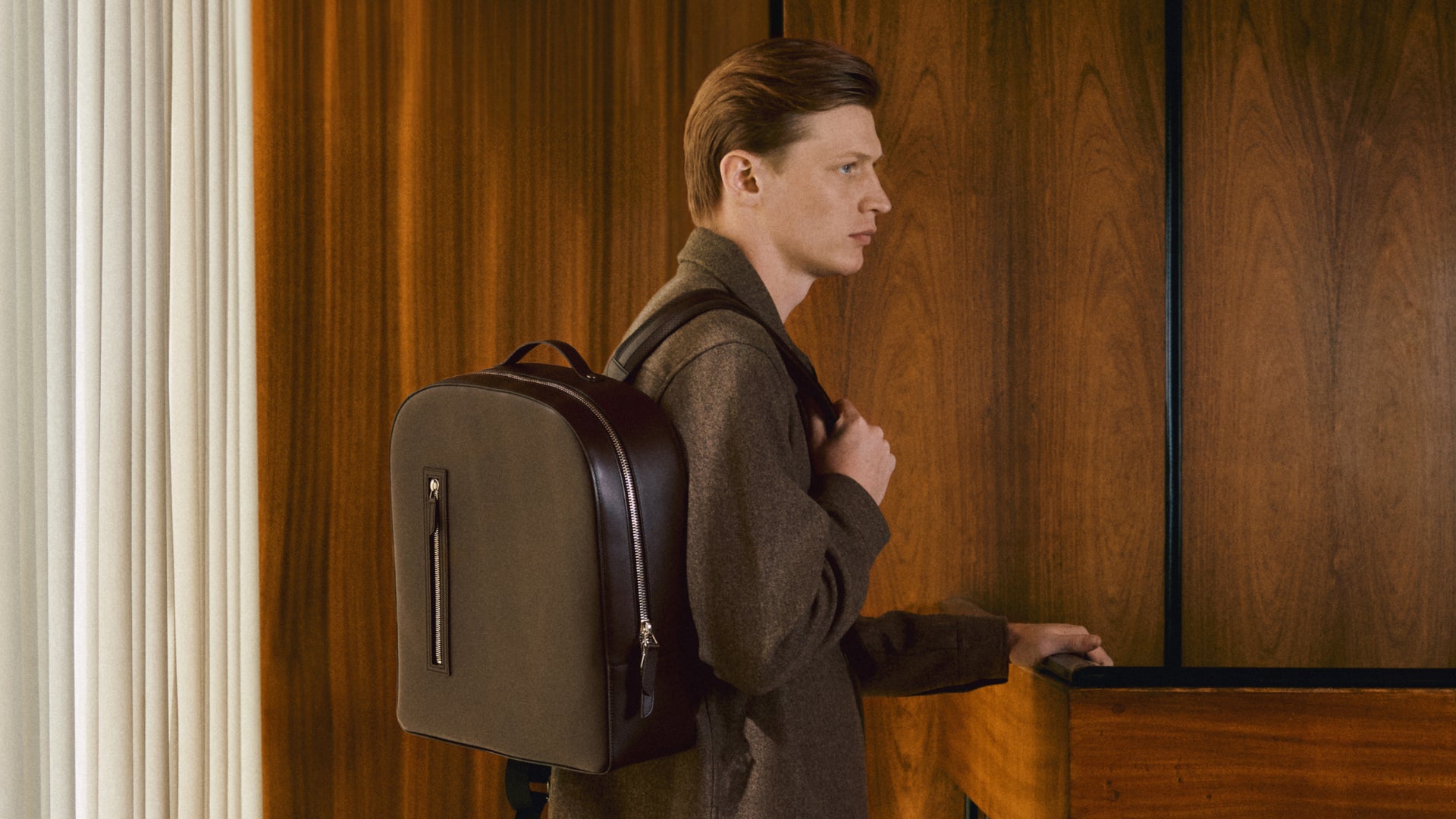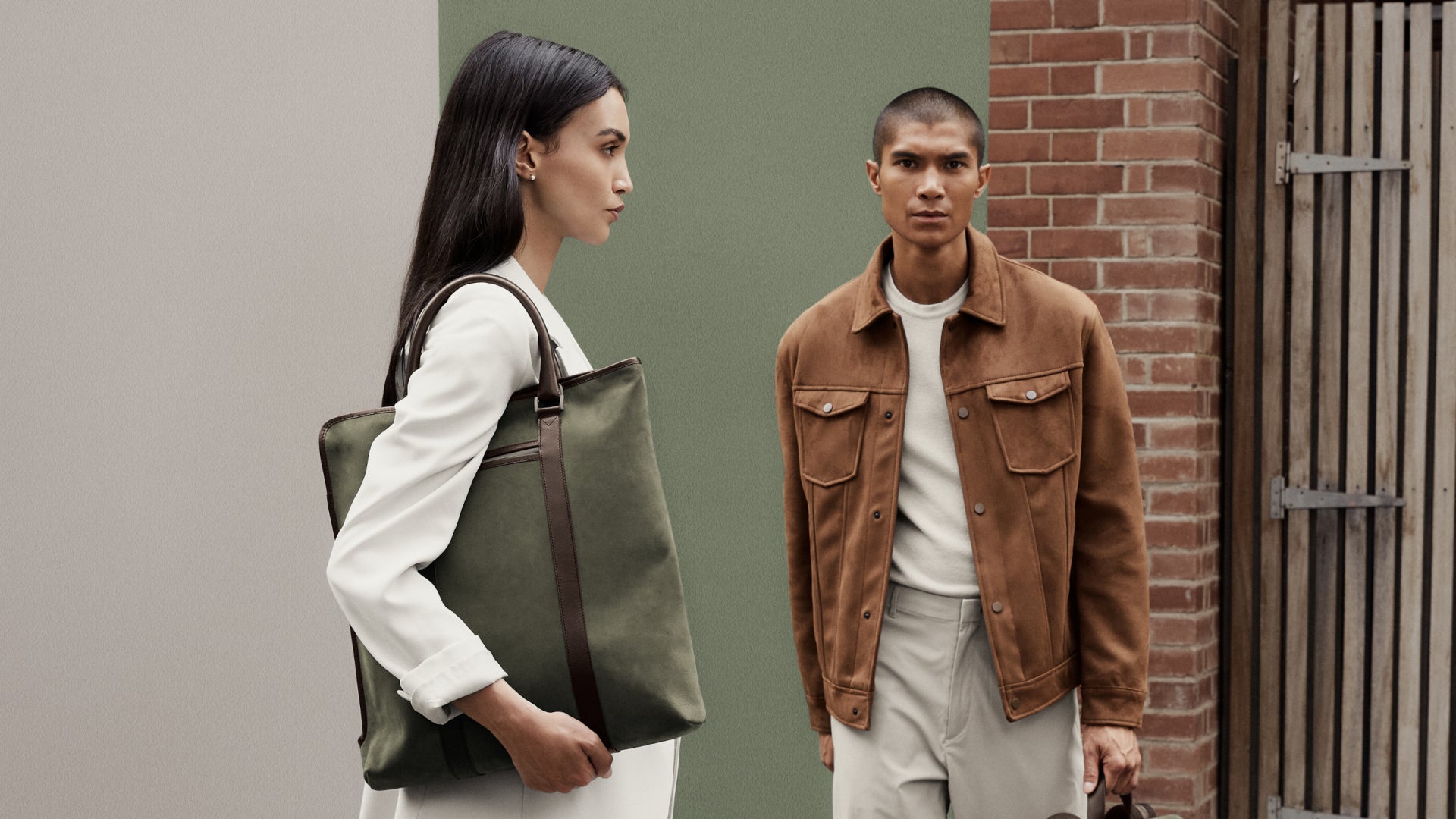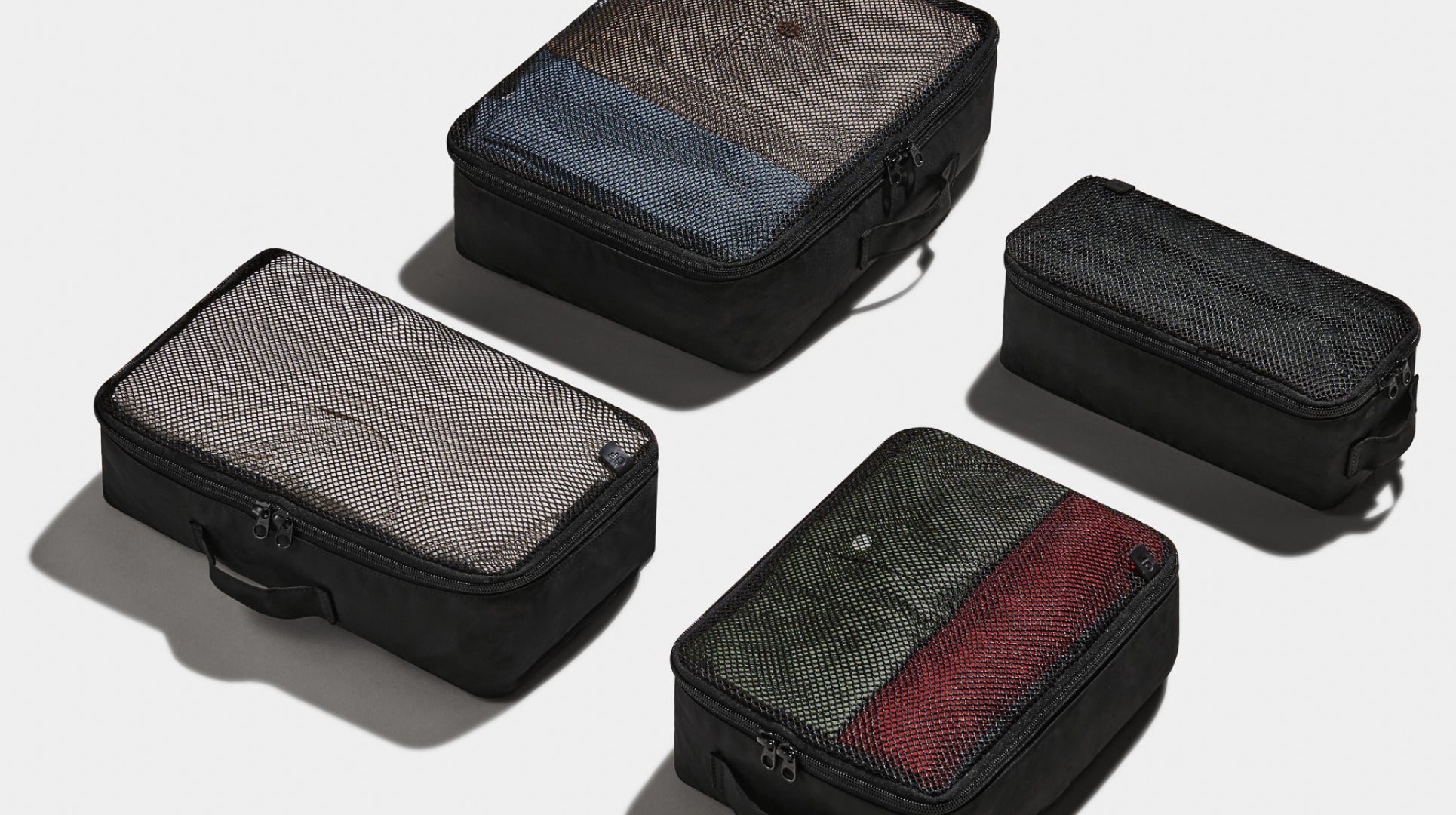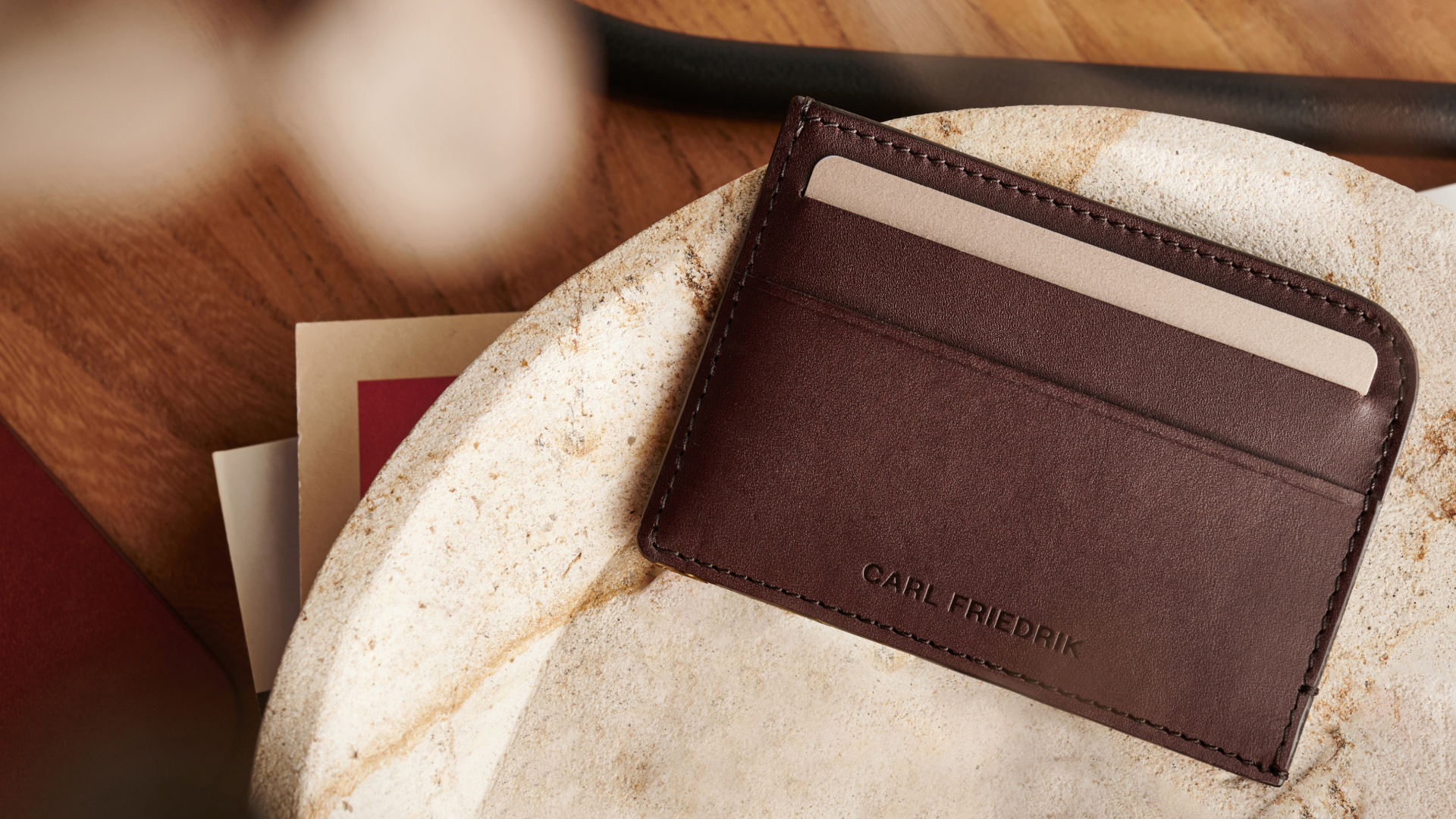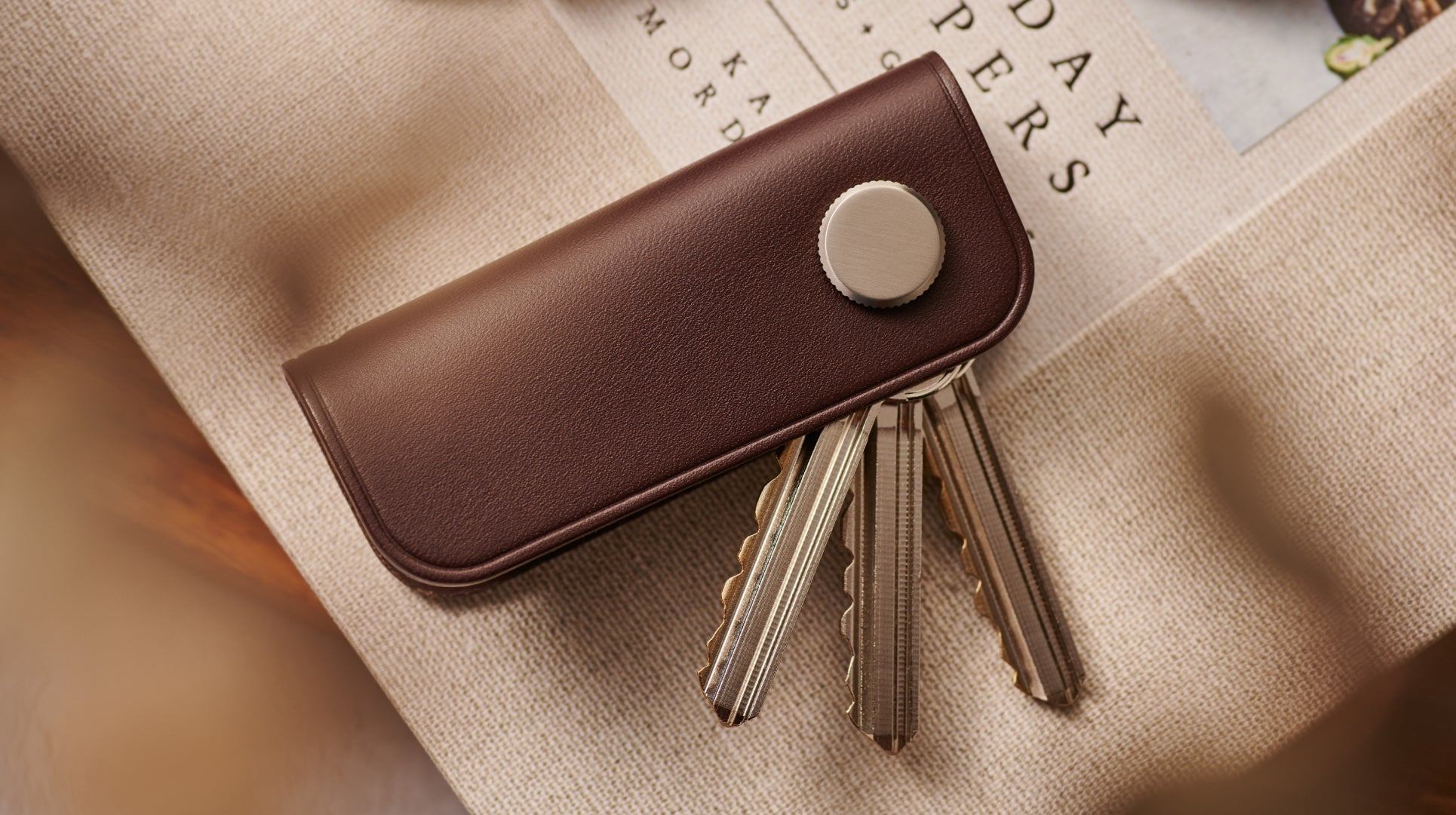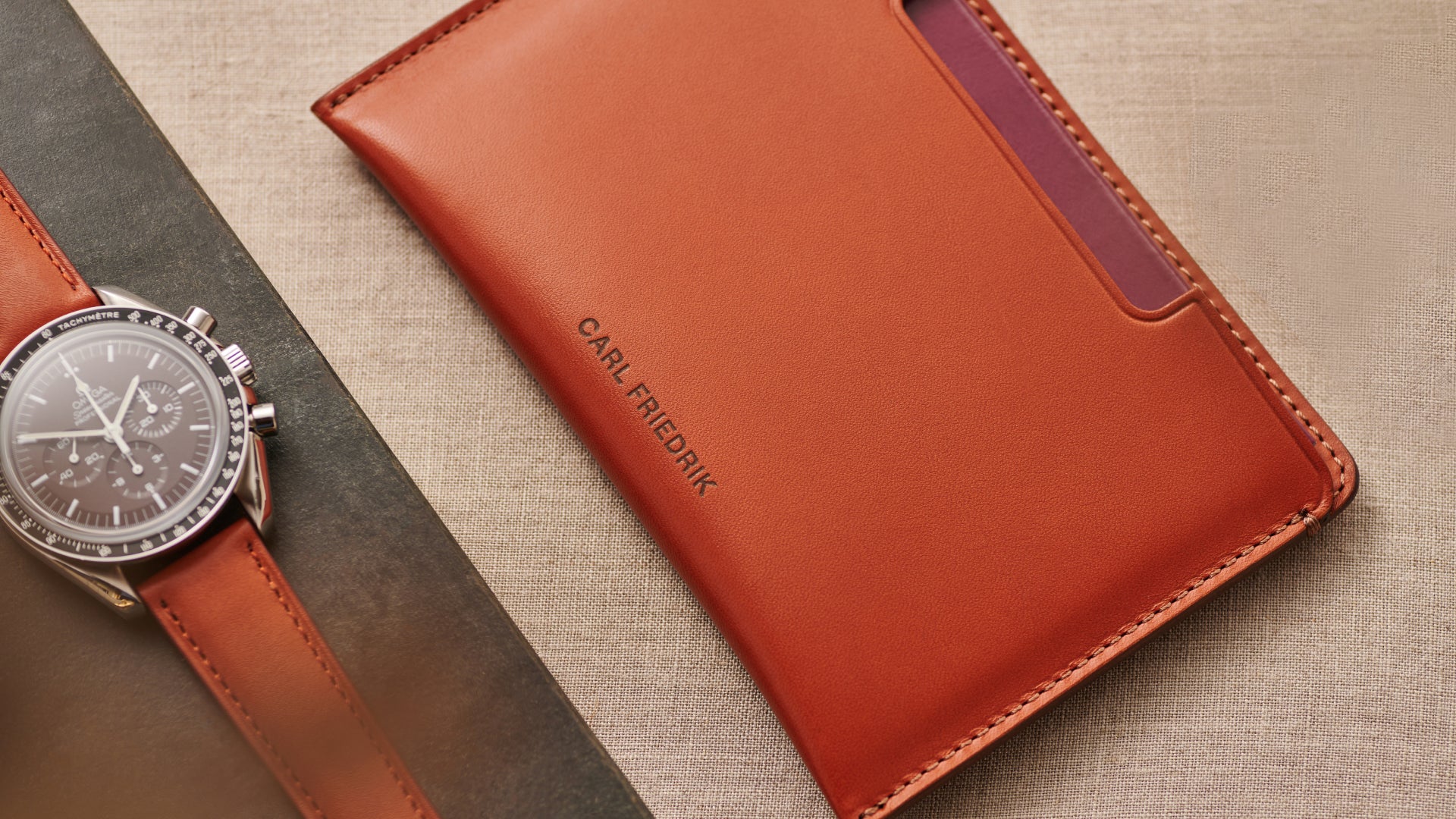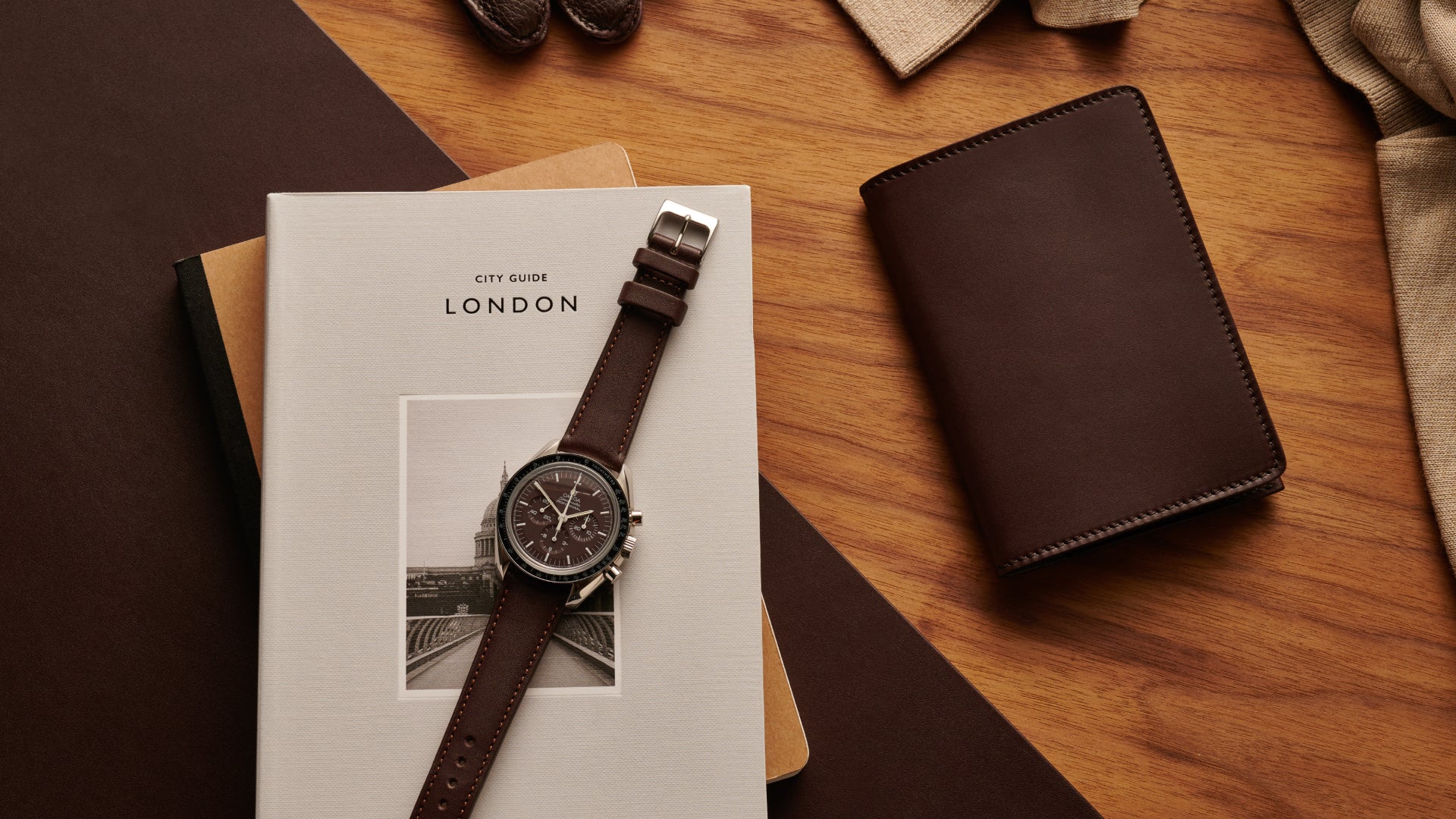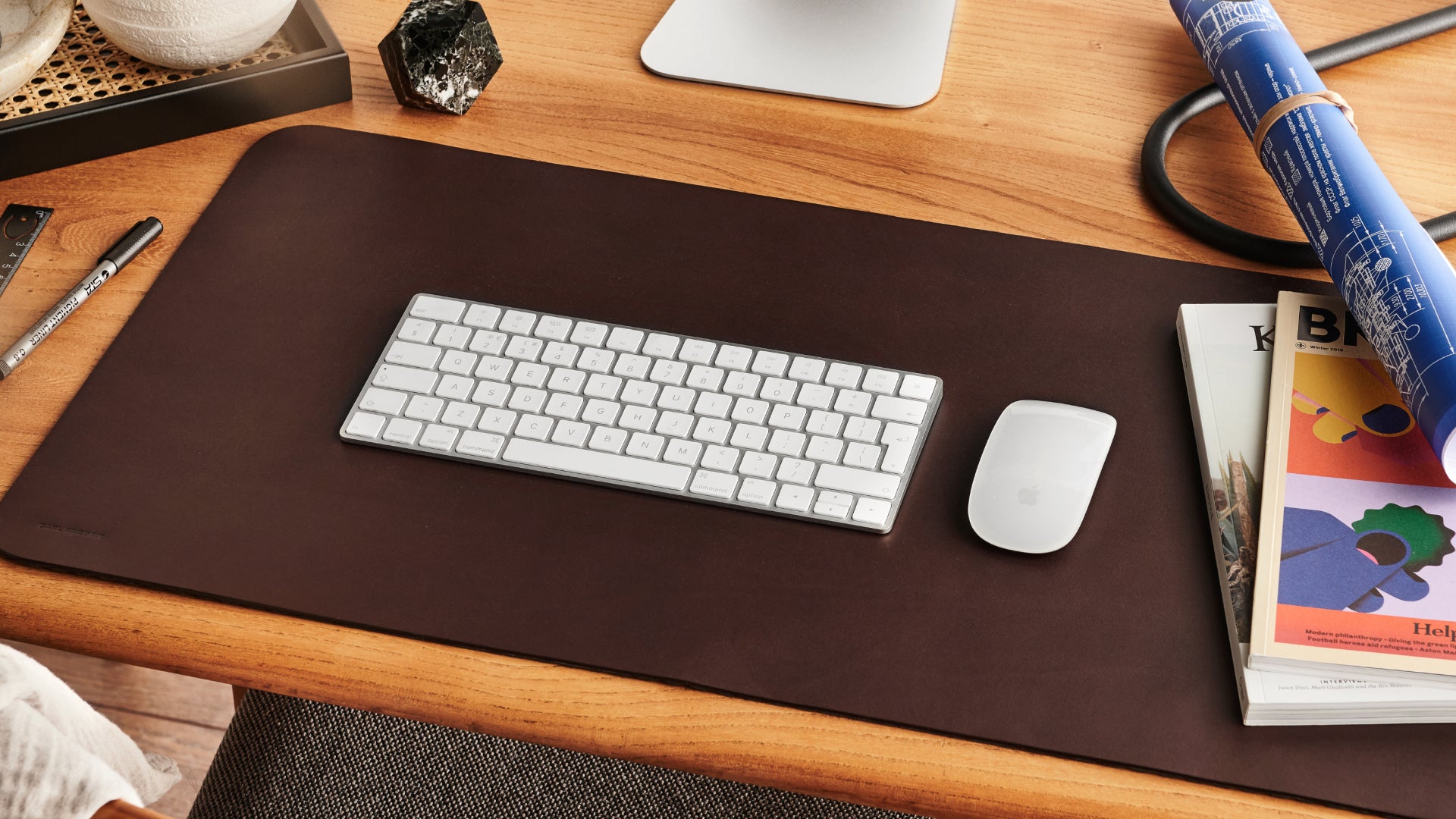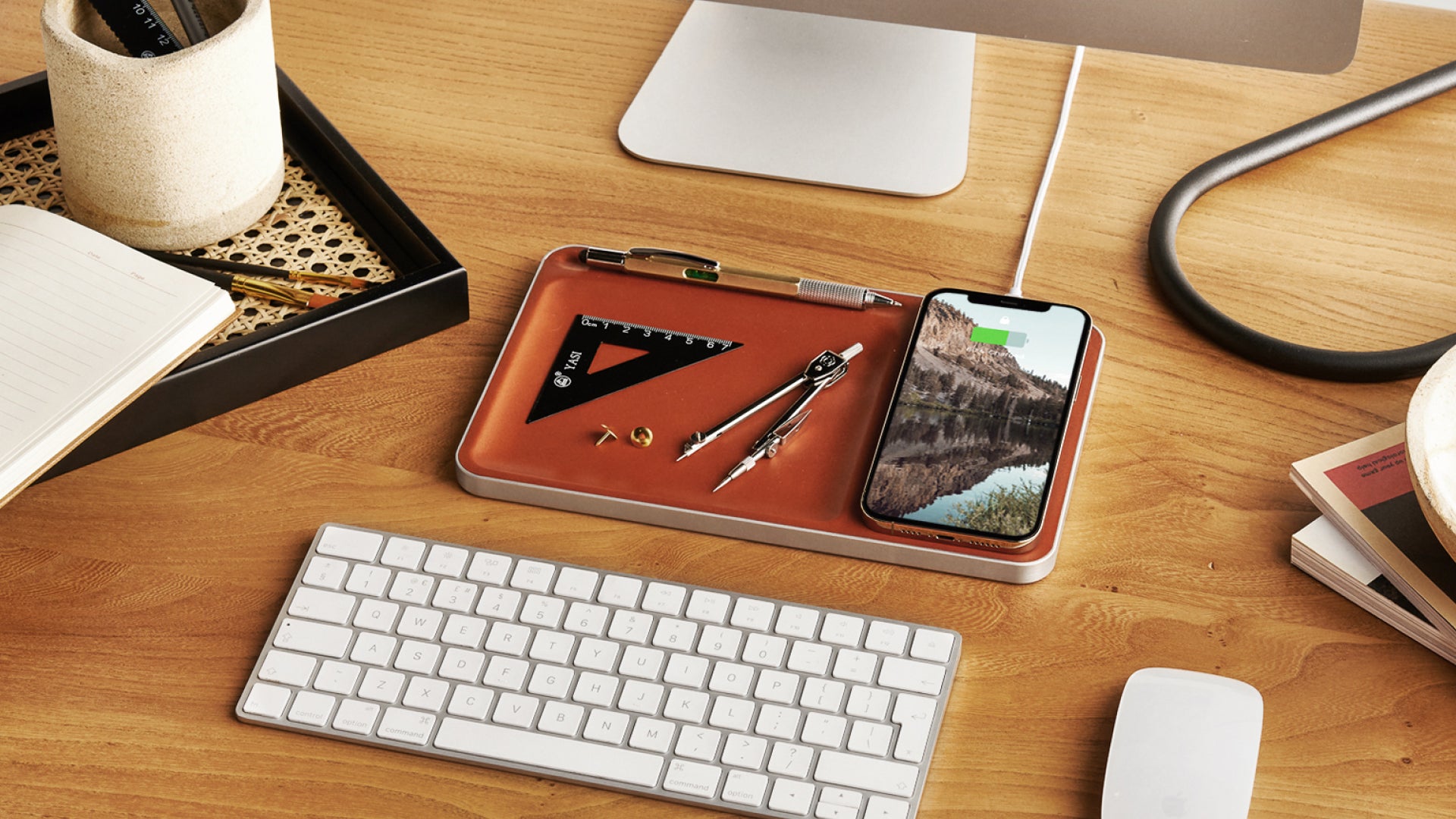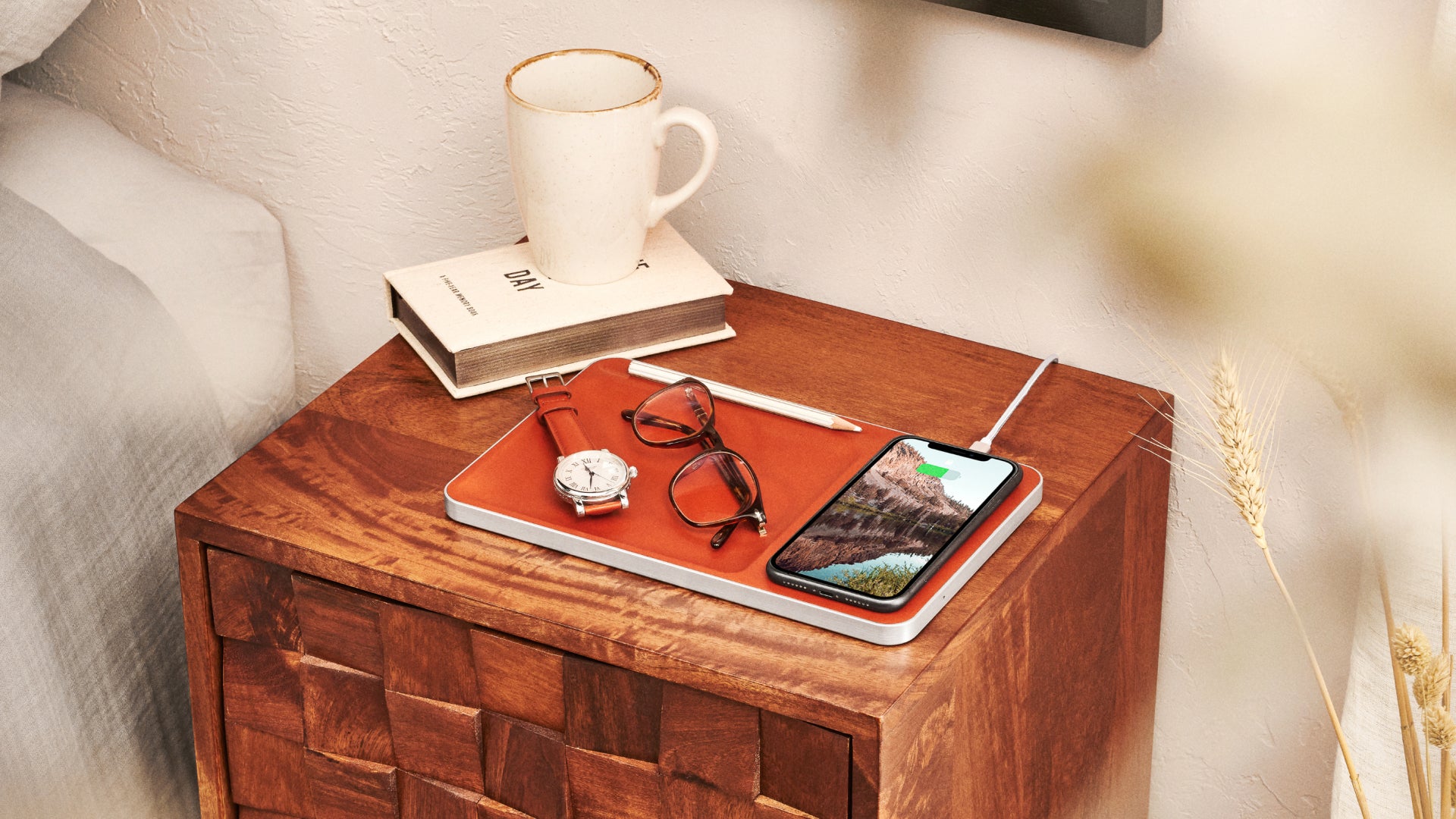Simon Shaw currently leads the global creative agenda at international PR consultancy, Hill + Knowlton Strategies. He spends his time creating integrated marketing campaigns (IMC) for leading brands in the US & China, developing 10 Innovation + Creative hubs across the globe and taking lots and lots of Microsoft Teams calls. Outside of the communications world, he is also an awarded architect.
We talk the power of narrative, Buckminster Fuller, Japanese garden design and the importance of PR in the pandemic.
The interview
Can you tell us a bit more about your role at Hill + Knowlton Strategies?
I’m responsible for the creative agenda in the broadest sense across the agency. I primarily work with clients, but I’m also responsible for 10 Innovation + Creative hubs across the world. Through these hubs we develop new specialist creative skills, such as digital planning + optimisation, creative strategy, content + publishing strategy, data + analytics and creative direction, allowing us to innovate the type of work we do — and that really is the creative agenda.
In addition to that, I also look after our 19 creative studios. So in those studios we have designers, filmmakers and creators, who are doing everything from creating brand experiences — both on and offline — to brand identities and brand content for clients.
You have worked with some of the largest multinational brands [Huawei, Coca-Cola, Mazda, Nike], is there a particular client project that stands out?
The clients who are focused on doing good are the ones that stand out. A very interesting experience was working with Envision, a new energy and digital company based in Shanghai, founded and led by CEO, Lei Zhang. Referred to as the ‘Elon Musk of China’, he’s really about creating change through smart energy. He’s looking to build the Internet of Energy (IoE), and through that, optimise the way we both produce and use energy around the world.
We were his consultants supporting him in buying a Formula E team (formally Virgin Racing now Envision Racing) and worked with him alongside Giorgetto Giugiaro, probably the world's most famous car designers, to develop a car that highlighted why electric cars should integrate into the smart energy network of renewable energy.
What’s the best piece of advice you can offer as a thought leader in the creative communications industry?
A cliché, but ‘stay curious’ is the advice. You’ve got to be curious about everything, do not stay in your lane.
Also, develop the art of storytelling. People since the beginning of time have loved stories. Whether sitting around a campfire at the beginning or reading it on social media now. Narrative exists in architecture, literature and communications. The ability to tell stories and create narratives is something that by osmosis you can learn, by reading stories and staying curious.
What advice would you give to a brand like Carl Friedrik to be successful in PR and communications?
Right now (during the pandemic) there is a real rise in ESG (Environmental, Social and Corporate Governance) measurements. That used to sit in the corporate side of business but now it’s something consumers are very much aware of. What’s fascinating during the pandemic is that companies with high ESG scores outperformed those with lower scores.
So you need to tell a holistic story of your brand. From how you source leather, to how your supply chain works, how you treat employees, through to where you make your products, the delivery process and the customer experience. Don’t think about your communications in silos but think about them in the broadest sense.
You are an awarded architect, who are your architectural influences?
Buckminster Fuller has had a huge influence on me. He was an architect, engineer, philosopher and futurist; somebody who viewed the world holistically. He invented the geodesic dome and wrote a book called 'Operating Manual for Spaceship Earth'. It was written in 1969 and has never been more relevant from an environmental and sustainability perspective; consider yourself as the captain of Spaceship Earth and it changes your perception of our impact.
From a purely architectural view, my favourite architect is Carlo Scarpa. He had an incredibly appreciation of space, material and detail and the way they are brought together. Much in the same way as when I look at one of your bags, it’s the craftsmanship that stands out.
Talk us through a typical working day — if that exists — for you?
We’ve been WFH pretty much since the beginning of the pandemic. I get up a little later now than when I used to commute to London, around 7:30-8:00am, and start work by 9:00am. I take breakfast now, which I never used to.
And then my day consists of thinking and devising strategy for clients. Then, like everyone else, lots of Microsoft Teams calls. My day tends to get busier in the afternoon as the US comes to life. At times I can also be on calls very early in the morning due to time differences with Asia. I think that during the typical working day we’ve never been connected more. My day tends to finish around 7:00pm.
Do you have any productivity hacks?
The thing that I’ve learned in the pandemic is to block out periods of time in my diary for thinking. There’s a danger that we mistake being on Microsoft Teams calls with being productive for our clients. So I try to work hard to protect that time. In terms of what I do, creative strategy for clients, they’re buying thinking, so I need that clear space to think.
How do you achieve the right work-life balance?
I try to book out rigorously a personal trainer or go to the gym. I book that out like a meeting. Maybe it’s just me, but exercise always becomes the victim when I have a client meeting or something similar.
I’m also trying to finish work and not allow it to bleed into the evenings — and weekends. The danger when you’re at home is that you can be online the whole time. I try to lock the door of my studio office when I go, so I don’t come back in the evening. And I literally do lock the door.
Describe your home workspace to us?
I have a room in the house that I use as my studio and workspace. It’s not designed in any way, it’s just everything I need, and it’s not precious. There are drawings stuck to the wall, post-it notes, all the books that I’ve ever had packed up around the walls. Three or four desks. Always different desks for different projects: I find it quite productive to move from one to another. Then I have an area set up for Zoom calls, which has a ring light so people can see me properly.
What essentials do you carry on a daily basis?
In terms of what’s in my case, it would always be magazines: Campaign, Fast Company, Harvard Business Review, New Scientist, those types of things are always in my Palissy 25-hour bag.
Then my laptop, lots of laptop accessories, like plugs and connectors, because I tend to arrive at an office and have to do a presentation: so I need to be able to connect. And also a notepad and a series of ink pens of different thicknesses. I love using them to sketch, draw and think.
You own a Carl Friedrik Carry-On Suitcase - where’s the best location you have travelled with it?
I’m fortunate that I’ve travelled quite a bit with it. I love visiting and travelling to China, both on business and for pleasure. From a design and architectural perspective, South Korea is one of the most interesting places I’ve been to. But the world’s a wonderful place, and there’s something to see everywhere you go, isn’t there?
Do you have a holiday location in mind for when international travel restrictions relax?
I’d love to go back to Japan. I took my family there last year. Bizarrely it was the garden design — I became obsessed. The relationship between Japanese architecture and garden design for me was just amazing. Very contemplative.
There’s a lot of things you go to see and they disappoint, but Japan doesn’t. It is as wonderful and different as you would imagine it to be.
Do you have any smart travel tips?
I try and use that time to basically, not work per se, but do things tangentially associated with work. Is reading Fast Company part of my job? No, but is it beneficial and something I enjoy doing? Yes. So that’s what I do, because you’re not going to get disturbed, especially if you don’t connect to the aeroplane Wi-Fi. That would be a tip: don’t connect.
So fill your bag with everything you want to read. Spend the time tangential to work to stay curious and make connections. That’s the thing I miss from travelling the most.
What draws you towards Carl Friedrik products?
As an architect, you love looking at things that are well made and well structured, and I think that the structure of the bags is something quite beautiful. And the quality of the leather.
You’ve also developed a signature style to your products, which is fantastic. So the different sizes of the briefcases, the single zip (Palissy Briefcase), double zip (Palissy Double) and the one I have, which is the Palissy 25-hour. You want all of those because they are suitable for different occasions. Plus I love the notion of a lifetime guarantee.
Is there anything you think Carl Friedrik should release?
This might sound controversial — and it’s what I would advise my clients — but stick to what you know and don’t go too broad.
That said, I know that my partner looks at my Carl Friedrik products with a certain degree of envy. I’m not saying you should suddenly make female-focused products, but I do think there's an opportunity, with the quality of what you make, to perhaps broaden slightly in that space.
And finally, functionality or aesthetics?
They’re balanced for me. I wouldn’t buy something that didn’t look good, and I wouldn’t buy something that didn’t work. I’ve made that mistake in the past. I’d say your products have a good balance of functionality and aesthetics. They’re beautifully considered and yet still very functional.
Follow Simon on social media for his latest updates...
IG: @creative_uncle
Twitter: @creative_uncle
